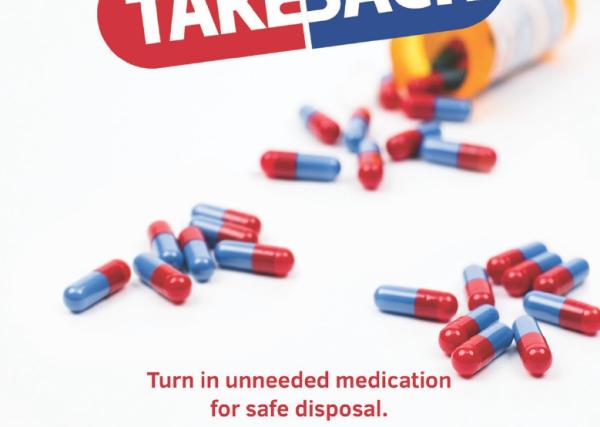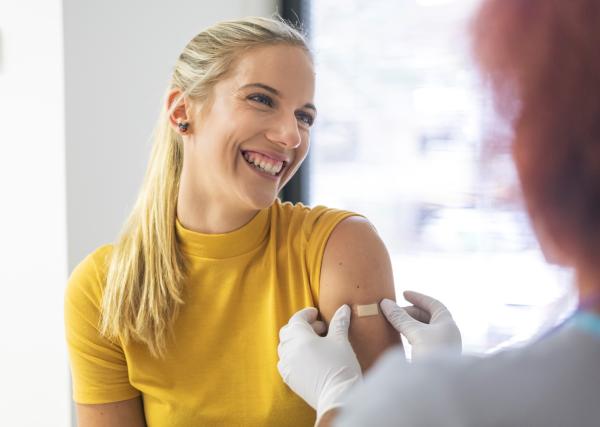Child safety tips for using and storing medication

Each year, thousands of children are treated in emergency rooms after finding and swallowing medication, or after accidentally being given the wrong amount. It’s more important than ever for caregivers to fully understand appropriate dosing and storage of medications.
According to the Centers for Disease Control and Prevention (CDC), improper dosing is the most common medication problem sending children to the emergency room. A parent or other caregiver gives either too much or too little medication.
Pediatric medication often comes in liquid form and confusion about units of measurement can lead to dosing errors. It’s critical that parents and caregivers not estimate or guess the correct amount.
To help prevent dosing errors you can ask your prescriber to prescribe oral liquid medicines with doses that use milliliters (mL). If the dosing instructions or label on the medication are unclear or you have questions, ask your provider or pharmacist to verify the correct dosing.
Important Dosing Tips:
- Know the Dose: Read all the information on the medication label and follow the directions. Do not give a child medication more often or in greater amounts than is stated on the package.
- Measure the Right Amount: Always measure your child’s dose using the dosing tool (oral syringe or dosing cup) that comes with the medication.
- Use the Right Tool: If you do not have the right dosing tool (oral syringe or dosing cup), ask your pharmacist for one. Do not use a household spoon. It does not provide an accurate dose.
- Get Questions Answered: If you do not understand the instructions on the label, or how to use the dosing tool, talk to your pharmacist or doctor before giving the medication.
Proper Storage Tips:
- Choose a Safe Spot: Walk around your house to find the safest place to keep your medications. The location should be up and away and out of the sight and reach of young children.
- Lock the Safety Cap: Always re-lock the cap on a medication bottle. If the bottle has a locking cap that turns, twist it until you hear the click or cannot twist anymore.
- Put Medication Away: After locking the safety cap, it’s important to always put medications back in their safe storage location. Curious children act fast, so never leave medication out on a kitchen counter or at a sick child’s bedside, even if you have to give it again in a few hours.
- Remind Guests: Ask family members, houseguests, and other visitors to keep purses, bags, or coats that have medication in them up and out of sight when they are in your home.
- While Traveling: While staying with family or friends or at a hotel, find a safe storage place that is out of sight and reach of young children, like a high cabinet. If you’re in a hotel room, try the passcode-protected room safe for safe storage.
- Be cautious of colors: Medications are colorful and attractive to children and can be mistaken for candy. For example, Tums® look like SweeTarts®, and aspirin look like Skittles® or M&M’s®. Parents should not encourage children to take their medication by comparing it to candy, as this may lead to improper use.
Medications can keep us healthy but can be extremely dangerous if taken by the wrong person or in the wrong amount. Add in a child’s curiosity, and you have the ingredients for a very dangerous situation. Fortunately, with awareness, we can keep our little ones safe.


